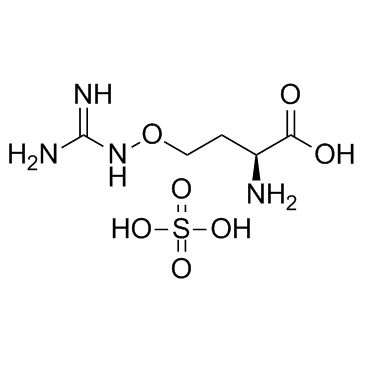Dissection of genetically complex traits with extremely large pools of yeast segregants.
Ian M Ehrenreich, Noorossadat Torabi, Yue Jia, Jonathan Kent, Stephen Martis, Joshua A Shapiro, David Gresham, Amy A Caudy, Leonid Kruglyak
文献索引:Nanotechnology 464 , 1039-42, (2010)
全文:HTML全文
摘要
Most heritable traits, including many human diseases, are caused by multiple loci. Studies in both humans and model organisms, such as yeast, have failed to detect a large fraction of the loci that underlie such complex traits. A lack of statistical power to identify multiple loci with small effects is undoubtedly one of the primary reasons for this problem. We have developed a method in yeast that allows the use of much larger sample sizes than previously possible and hence permits the detection of multiple loci with small effects. The method involves generating very large numbers of progeny from a cross between two Saccharomyces cerevisiae strains and then phenotyping and genotyping pools of these offspring. We applied the method to 17 chemical resistance traits and mitochondrial function, and identified loci for each of these phenotypes. We show that the level of genetic complexity underlying these quantitative traits is highly variable, with some traits influenced by one major locus and others by at least 20 loci. Our results provide an empirical demonstration of the genetic complexity of a number of traits and show that it is possible to identify many of the underlying factors using straightforward techniques. Our method should have broad applications in yeast and can be extended to other organisms.
相关化合物
| 结构式 | 名称/CAS号 | 分子式 | 全部文献 |
|---|---|---|---|
 |
L-刀豆氨酸硫酸盐
CAS:2219-31-0 |
C5H14N4O7S |
|
Determination of L-canavanine and other free amino acids in ...
2015-01-01 [Talanta 131 , 95-8, (2014)] |
|
Quality control of a transcriptional regulator by SUMO-targe...
2009-04-01 [Mol. Cell. Endocrinol. 29 , 1694-706, (2009)] |
|
Mitochondrial superoxide dismutase deficiency accelerates ch...
2016-01-01 [Cell Biol. Int. 40 , 100-6, (2016)] |